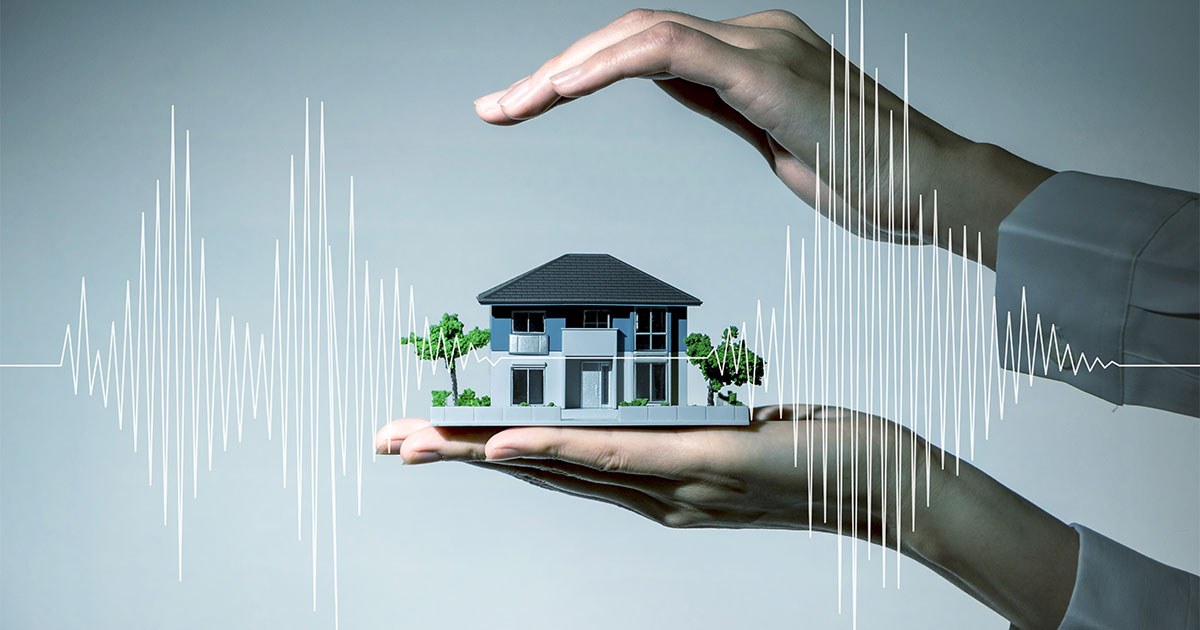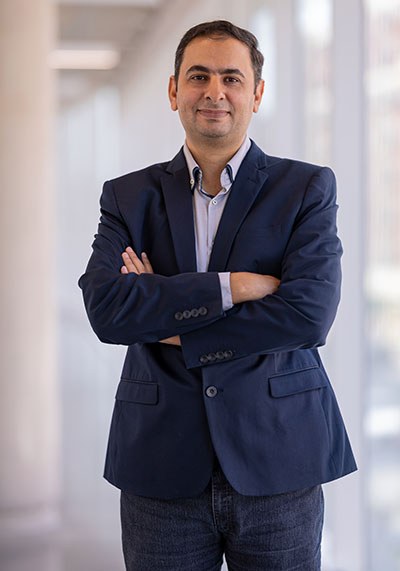
In eastern Canada, many buildings and infrastructures were built before modern seismic design requirements were incorporated into the National Building Code of Canada. Many of these buildings, some of which are heritage structures, are part of the urban landscape and deserve to be preserved. But how can their historical value be reconciled with modern safety requirements?
This is the question addressed by Professor Ahmad Abo El Ezz, Researcher at École de technologie supérieure (ÉTS). He is also team member of Development and Research in Structures and Rehabilitation (DRSR), Research Institute on Resilient and Circular Infrastructures (AdapT Institute), and Interuniversity Research Center for Structures under Extreme Loads (CEISCE). His goal is to develop scientific tools to better understand building and infrastructure vulnerabilities to natural hazards and help decision-makers plan effective prevention measures.
Preserving and Protecting Older Buildings
Historic earthquakes in the eastern part of the country have shown that buildings constructed before the introduction of modern seismic standards can be especially vulnerable. These structures often have a variety of characteristics (masonry, concrete, or steel) that influence their behaviour during an earthquake.
In Montreal, for example, several older fire stations are used as case studies. Some are made of masonry, others of concrete or steel, and their structures vary. This diversity requires advanced methods to better understand the seismic performance of essential public buildings, such as fire stations and hospitals, which must remain functional after an earthquake.
To do this, Professor Abo El Ezz and his team are conducting a detailed characterization of the buildings: types of materials, structural systems, age, and applicable standards at the time of construction. This data is used to create numerical models able to simulate the behaviour of structures during an earthquake.
Based on this characterization, structural analyses are performed on building models to simulate their seismic response. The simulations are then used to establish vulnerability curves, which link the intensity of an earthquake to the probable degree of damage, as well as the expected repair times and costs, and the corresponding interruptions. Advanced simulations are then performed by integrating building inventory, vulnerability models, and seismic intensity prediction models to generate community-level geospatial risk scenarios. These tools help authorities target the most at-risk buildings and strategically plan reinforcement or modernization work.
Decision-Support Tools for Infrastructures
Beyond buildings, Ahmad Abo El Ezz’s research also extends to transportation infrastructures. In collaboration with Transport Québec and the Geological Survey of Canada, his team is evaluating the seismic performance of critical road bridges.
During a major earthquake, bridges play a vital role in ensuring mobility, access for emergency services, and evacuation of populations. By modelling the response of road bridge networks to different scenarios, researchers can identify weak points, estimate repair times, and plan response priorities.
The goal is clear: to strengthen network resilience in order to reduce social and economic impacts after an earthquake, while ensuring the continuity of essential services.

Responding to Forest Fire Hazards
Another area of research for Professor Abo El Ezz is modelling forest fire risks in peri-urban areas. In recent years, the frequency and intensity of forest fires have increased, exposing more communities.
In collaboration with the Canadian Forest Service, his team is developing a simulation framework that combines several types of models: hazard models based on environmental conditions and vegetation; exposure models, which identify buildings or infrastructures at risk; and vulnerability models, which assess the damage probability to a structure.
These simulations make it possible to estimate the number of buildings exposed or lost, potential economic losses, and the response capacity of emergency services. Ultimately, these tools aim to help municipalities better plan for forest fire prevention and response, taking into account local characteristics such as vegetation types, proximity to homes, building materials, and access to water.
Better Understanding for Better Action
At the heart of this work is a common approach: assessing risks to better guide actions. By modelling the performance of buildings and infrastructures under extreme load conditions and simulating risk scenarios, Ahmad Abo El Ezz and his team are developing scientific approaches to support the decisions of public authorities and infrastructure managers.
This research is part of a context where resilience is becoming a central issue. Whether it is earthquakes or forest fires, understanding building and network vulnerabilities yields better prevention planning, ensures citizen safety, and reduces long-term impacts.
Ultimately, this research aims to empower communities to cope with natural hazards through science and preparation.



